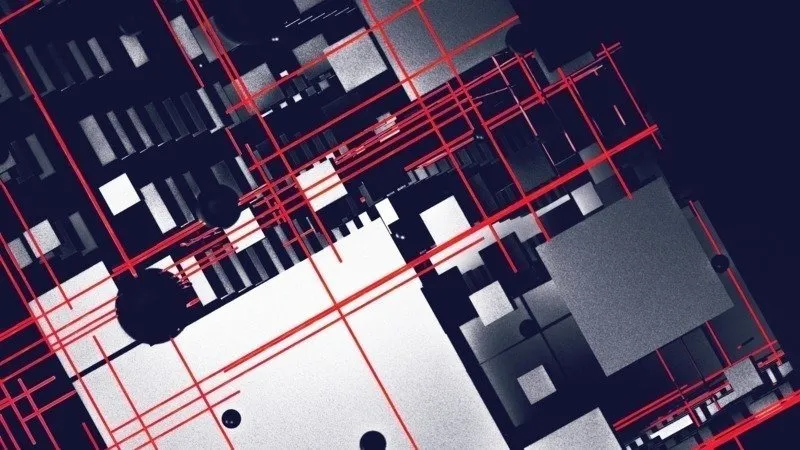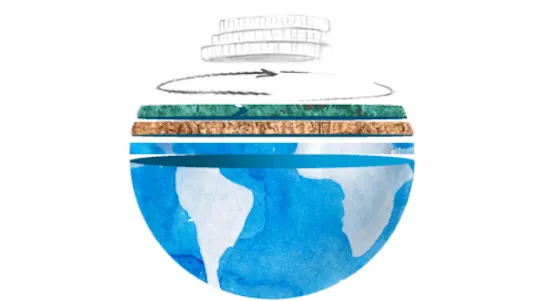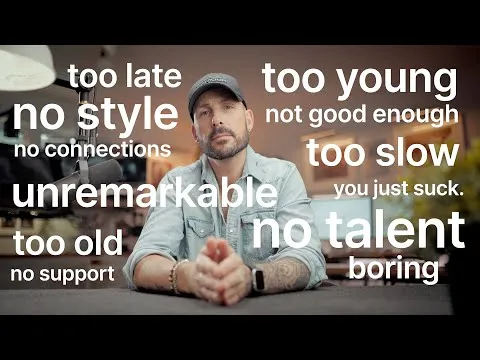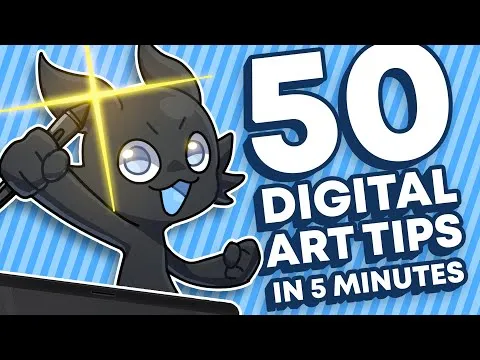
Advanced Generative Art and Computational Creativity 
Learn the basics of Advanced Generative Art and Computational Creativity ▼
ADVERTISEMENT
Course Feature
![]() Cost:
Cost:
Paid
![]() Provider:
Provider:
Kadenze
![]() Certificate:
Certificate:
Paid Certification
![]() Language:
Language:
English
![]() Start Date:
Start Date:
On-Demand
Course Overview
❗The content presented here is sourced directly from Kadenze platform. For comprehensive course details, including enrollment information, simply click on the 'Go to class' link on our website.
Updated in [May 19th, 2023]
This course, Advanced Generative Art and Computational Creativity, provides an in-depth exploration of current practices in generative arts and computational creativity. It focuses on the formal paradigms and algorithms used for generation, such as evolutionary computing, neural networks, and procedural generation. Students will learn how to formalize aesthetic measures and evaluate creative systems. They will also gain hands-on experience with these algorithms through assignments and projects in MAX. Additionally, the course will cover the societal and ethical implications of the automation of creative tasks.
[Applications]
Students who have completed this course will be able to apply their knowledge of generative art and computational creativity to a variety of creative projects. They will be able to use evolutionary computing, neural networks, and procedural generation to create novel and valuable artifacts. They will also be able to evaluate creative systems using formal aesthetic measures. Additionally, they will be able to consider the societal and ethical implications of the automation of creative tasks.
[Career Paths]
1. Generative Artist: Generative artists use algorithms and software to create art. They use a variety of techniques, such as evolutionary computing, neural networks, and procedural generation, to create unique and valuable artifacts. Generative artists are in high demand in the creative industries, as they are able to create art that is both aesthetically pleasing and technically sophisticated. As technology advances, the demand for generative artists is likely to increase.
2. Computational Creativity Researcher: Computational creativity researchers use algorithms and software to explore the boundaries of creativity. They use a variety of techniques, such as evolutionary computing, neural networks, and procedural generation, to create unique and valuable artifacts. Computational creativity researchers are in high demand in the research community, as they are able to explore the possibilities of artificial intelligence and its implications for creativity. As technology advances, the demand for computational creativity researchers is likely to increase.
3. Creative Technologist: Creative technologists use algorithms and software to create art and explore the boundaries of creativity. They use a variety of techniques, such as evolutionary computing, neural networks, and procedural generation, to create unique and valuable artifacts. Creative technologists are in high demand in the creative industries, as they are able to create art that is both aesthetically pleasing and technically sophisticated. As technology advances, the demand for creative technologists is likely to increase.
4. AI Artist: AI artists use algorithms and software to create art. They use a variety of techniques, such as evolutionary computing, neural networks, and procedural generation, to create unique and valuable artifacts. AI artists are in high demand in the creative industries, as they are able to create art that is both aesthetically pleasing and technically sophisticated. As technology advances, the demand for AI artists is likely to increase.
[Education Paths]
1. Bachelor of Science in Computer Science: This degree path focuses on the fundamentals of computer science, including programming, software engineering, and computer architecture. It also covers topics such as artificial intelligence, machine learning, and robotics. With the increasing demand for automation and AI-driven solutions, this degree path is becoming increasingly popular and is expected to continue to grow in the coming years.
2. Master of Science in Artificial Intelligence: This degree path focuses on the development of AI-driven solutions and the application of AI in various fields. It covers topics such as machine learning, natural language processing, computer vision, and robotics. With the increasing demand for AI-driven solutions, this degree path is becoming increasingly popular and is expected to continue to grow in the coming years.
3. Bachelor of Arts in Digital Media: This degree path focuses on the design and development of digital media, including web design, animation, video production, and interactive media. It also covers topics such as user experience design, digital marketing, and digital storytelling. With the increasing demand for digital media solutions, this degree path is becoming increasingly popular and is expected to continue to grow in the coming years.
4. Master of Science in Data Science: This degree path focuses on the analysis and interpretation of data, including data mining, machine learning, and predictive analytics. It also covers topics such as data visualization, data engineering, and data security. With the increasing demand for data-driven solutions, this degree path is becoming increasingly popular and is expected to continue to grow in the coming years.
Course Provider

Provider Kadenze's Stats at AZClass
Discussion and Reviews
0.0 (Based on 0 reviews)
Explore Similar Online Courses

Wheels of Metals: Urban Mining for a Circular Economy

E-commerce logistics and Last Mile

Python for Informatics: Exploring Information

Social Network Analysis

Introduction to Systematic Review and Meta-Analysis

The Analytics Edge

DCO042 - Python For Informatics

Causal Diagrams: Draw Your Assumptions Before Your Conclusions

Whole genome sequencing of bacterial genomes - tools and applications

if youre an artist about to give up on their dreams watch this first

50 Digital Art Tips in 5 Minutes


Start your review of Advanced Generative Art and Computational Creativity